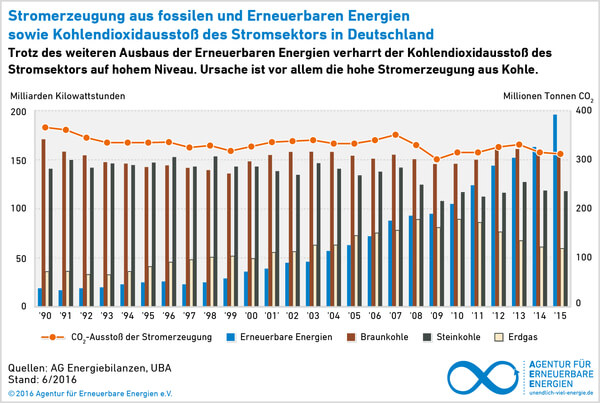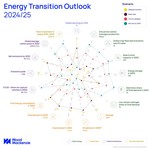News Release from windfair.net
Wind Industry Profile of
The end of coal power is approaching - Faster than expected?
In recent days, a study by the Carbon Tracker Initiative, an NGO founded by financial analysts in London, stirred up attention. In the study "End of the load? Challenging Power Technology Assumptions" researchers examined what kind of energy production is the cheapest on the basis of levelized costs of electricty (LCOE). Here, known assumptions about load factors and lifetimes for coal and gas plants have been recalculated for the year 2016 and compared to the assumed numbers for 2020. As it turns out, newly-build wind and solar power plants are thus already cheaper than newly-build coal and gas power plants - and the gap will be even greater in the coming years.
![]()
Comparison of the electricity production costs for different types of energy (Image: Carbon Tracker)
“Policy-makers and investors really need to question outdated assumptions on technology costs that do not factor in the direction of travel post-Paris. Planning for business-as-usual load factors and lifetimes for new coal and gas plants is a recipe for stranded assets.” says James Leaton, head of research at Carbon Tracker.
And the gap is growing even wider in the coming years, because technological advances in the renewable energy branch are expected to continue, further reducing the electricity production costs. A recent survey of the US Lawrence Berkeley National Laboratory amongst wind energy experts expects cost reductions of 24-30 percent for wind power by 2030, for the year 2050 experts even talk about cost reductions of 35-41 percent. Larger, more efficient turbines, as well as lower capital and operating costs are the key to getting cheaper electricity.
As for the investments, renewables are already far ahead: In 2015 256 billion euros were invested in 154 gigawatts of renewable energy – wind and solar having the largest share with 76 percent. In comparison, only 97 gigawatts of new fossil power plants were built last year according to the World Energy Council's recent study „Variable Renewables Integration in Electricity Systems 2016 – How to get it right“.
Nevertheless, there are also warnings, because despite the dynamic expansion of renewable energies the decline of greenhouse gas emissions in Germany for example works only very slowly due to the high carbon content of electricity production. "Assuming the development of the last decade, we only reach climate-neutral electricity in 150 years – not to mention heating and transport sectors. Thus, to develop climate changing impact of the previously successful expansion of renewable energies, a lot more must happen“, explains Philipp Vohrer, CEO of the German Renewable Energy Agency (AEE).

Electricity and carbon dioxide emissions of the electricity sector in Germany (Image: AEE)
"It is therefore no solution to simply convert the particularly harmful lignite into more efficient power plants. Renewable energy can and must not only replace nuclear power, but also coal. Being serious about climate protection, Germany mustn't be allowed to remain world champion in exporting extand and dirty coal power," says Vohrer.
The numbers speak for themselves anyway. The end of coal power will come - the sooner the better.
- Author:
- Katrin Radtke
- Email:
- kr@windfair.net
- Keywords:
- study, report, coal, nuclear power, gas, renewables, electricity

















